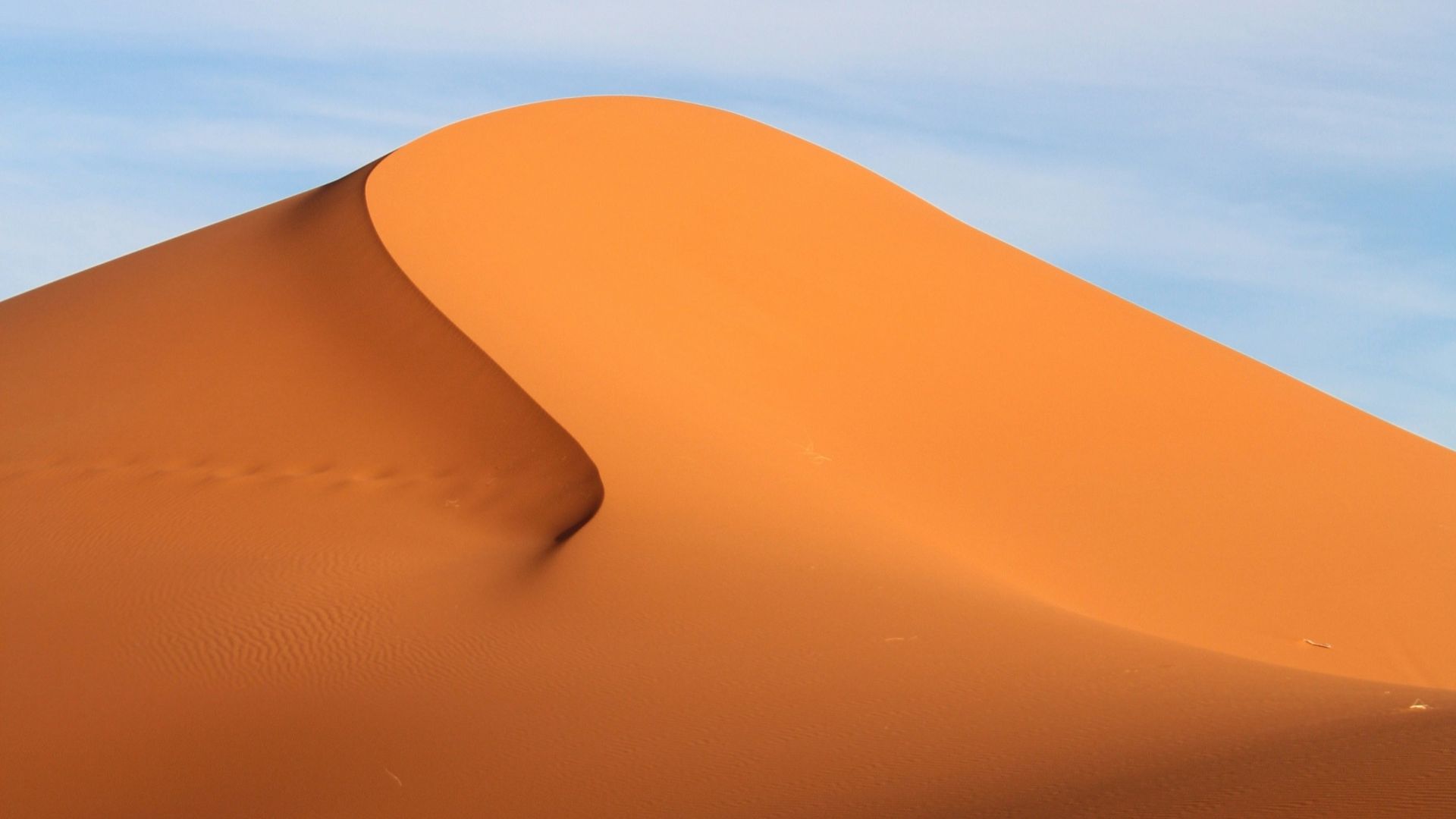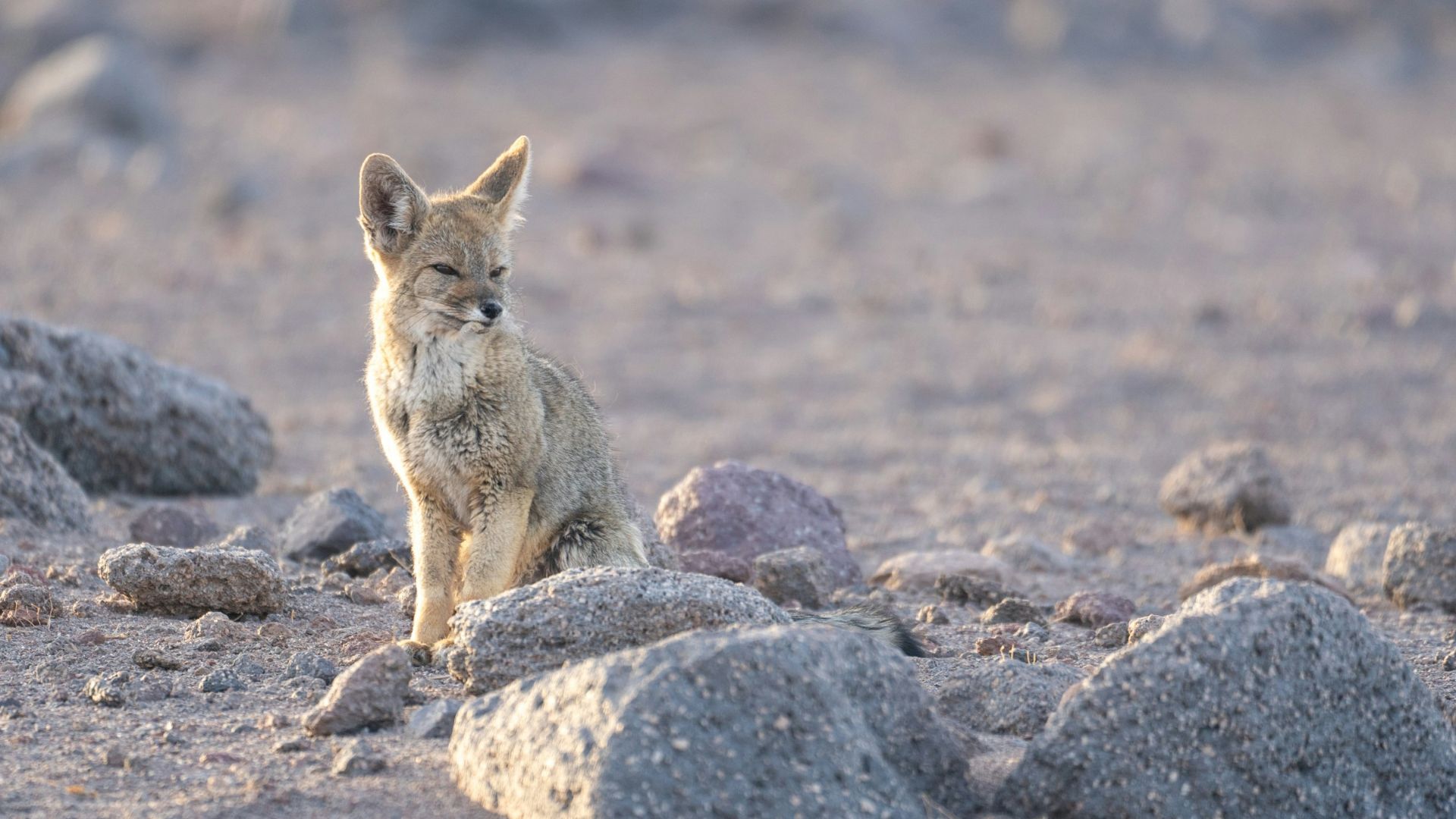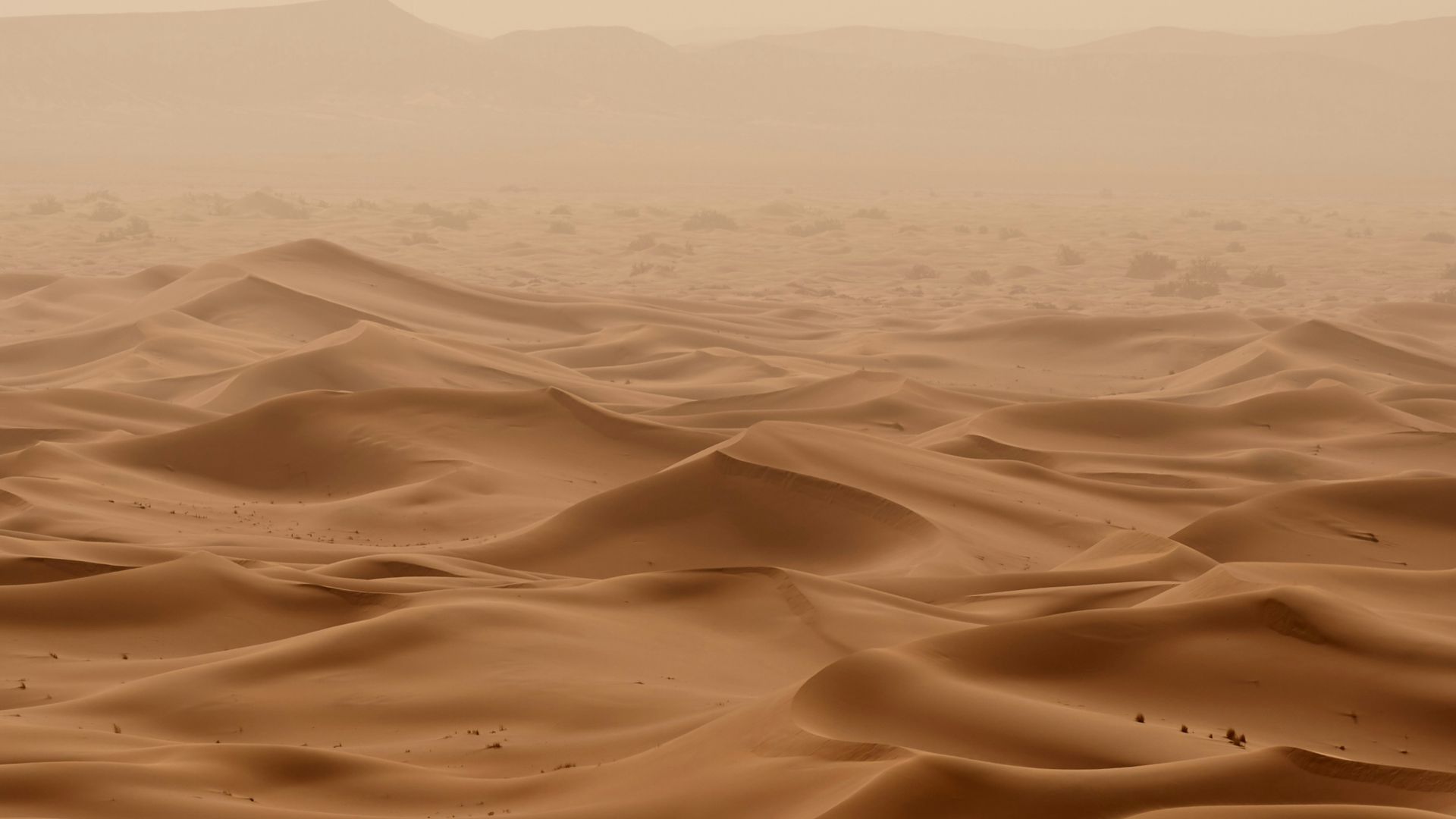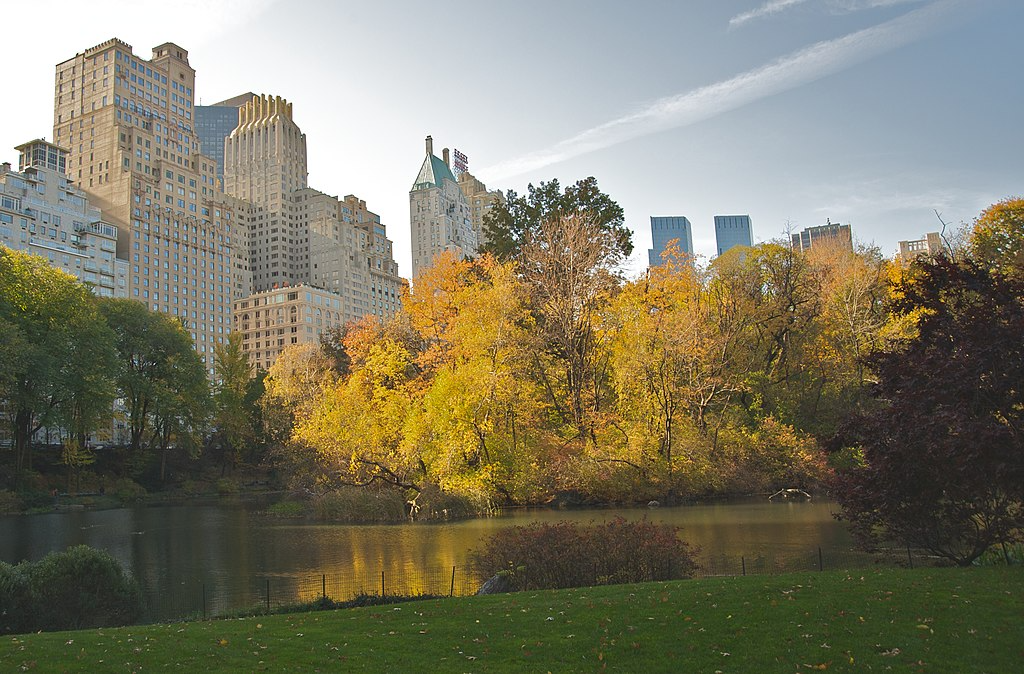Incredible Deserts
Covering a fifth of our planet, deserts are among the Earth’s harshest, most extreme, and most spectacular environments. They include everything from ocean-surrounded tropical islands to the dunes of the Sahara, the driest place on the planet, to the frozen polar deserts of the Arctic and Antarctica. So with that in mind, here are 5 facts about these major habitats. The one thing they have in common is the same one that all deserts do: very dry and little rain.
 Fernando Paredes Murillo on Unsplash
Fernando Paredes Murillo on Unsplash
1. One Billion People
Believe it or not, there are about one billion people living in the deserts of the world. Although life in the desert is tough, it's not impossible. There are several large cities located in the deserts, including Cairo, Egypt, and Lima, Peru. Cities in the desert can support life thanks to nearby rivers, oases, and other resources.
2. Adapted
Desert animals have developed special survival skills, such as nocturnal behavior and living in underground burrows to stay cool, as seen in the jerboa or the fennec fox. Some desert animals can store water or get moisture from fog and food, like camels. Cacti have thorns for protection, deep roots, and waxy leaves to retain the little water they have.
 Sebastián Silva Solar on Unsplash
Sebastián Silva Solar on Unsplash
3. Hot and Cold
Not every desert is hot. Some deserts, like the Gobi Desert and Antarctica, are cold and snowy. Hot deserts have the sun baking the sand and dunes blowing with the wind. Cold deserts have icy winds and stony, rugged surfaces.
4. All Seven Continents
Deserts occupy about one third of the world's land area and can be found on all continents. The cold desert of Antarctica and the hot Sahara Desert are just two of many arid regions that each have a distinct climate and biome. All of Earth's deserts, combined, help regulate global temperature and provide habitat for unique organisms.
 Wolfgang Hasselmann on Unsplash
Wolfgang Hasselmann on Unsplash
5. Facing Extinction
Loss of habitat, climate change, and human activity are all disrupting the fragile balance of the desert biome. Once iconic species such as the Joshua tree in North America and the Saharan cheetah are now critically endangered. Preserving these plants and animals is essential to maintaining one of Earth's most fragile ecosystems.










